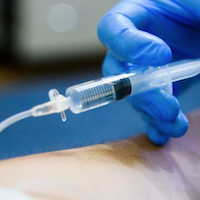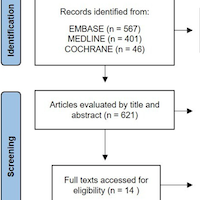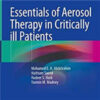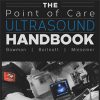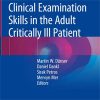ICU Delirium-Prediction Models: A Systematic Review
pubmed.ncbi.nlm.nih.gov
Although most ICU delirium-prediction models have relatively good performance, they have limited applicability to clinical practice. Most models were static, making predictions based on data collected at a single time-point, failing to account for fluctuating conditions during ICU admission. Further research is needed to create clinically relevant dynamic delirium-prediction models that can adapt to changes in individual patient physiology over time and deliver actionable predictions to clinicians.
Eligible studies were published in English during the past 5 years that specifically addressed the development, validation, or recalibration of delirium-prediction models in adult ICU populations.
Screened citations were extracted independently by three investigators with a 42% overlap to verify consistency using the Checklist for critical Appraisal and data extraction for systematic Reviews of prediction Modelling Studies.
Eighteen studies featuring 23 distinct prediction models were included. Model performance varied greatly, as assessed by area under the receiver operating characteristic curve (0.62-0.94), specificity (0.50-0.97), and sensitivity (0.45-0.96).
Most models used data collected from a single time point or window to predict the occurrence of delirium at any point during hospital or ICU admission, and lacked mechanisms for providing pragmatic, actionable predictions to clinicians.


